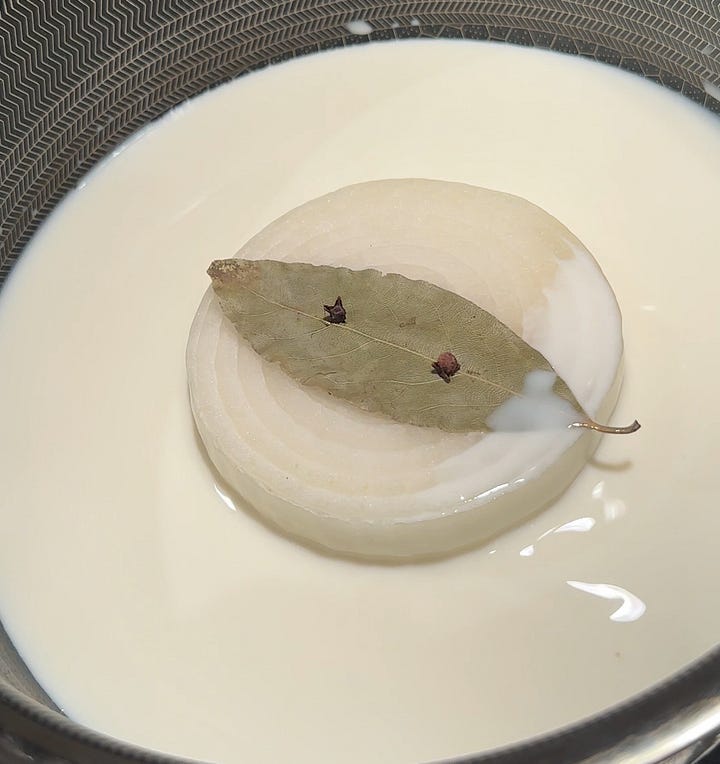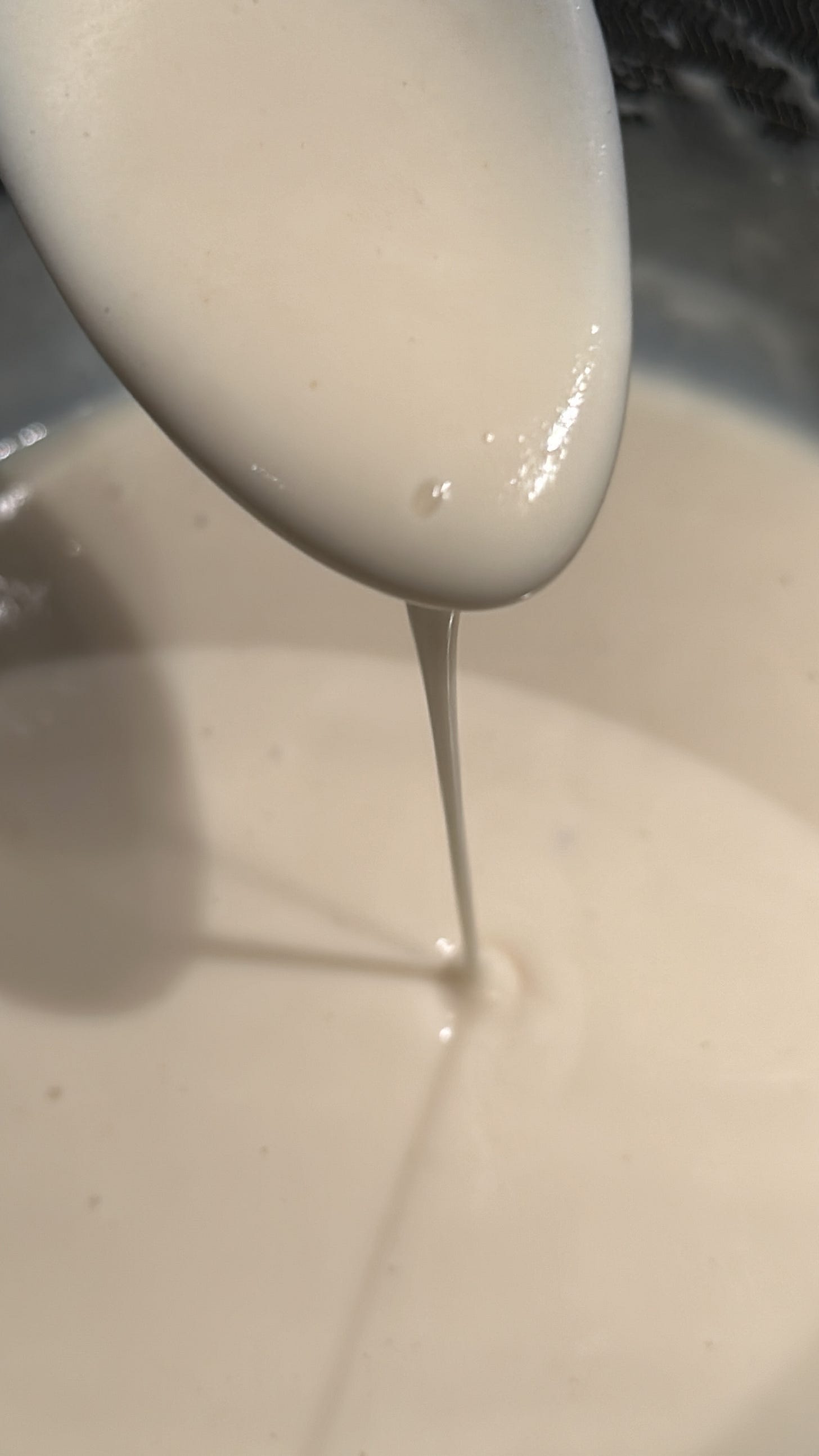One of the early lessons we had in culinary school was all about sauces, specifically mother sauces…and no this is not referring to sauces that your mom makes (even if they may be delicious.)
“Mother” sauces, also referred to as grand sauces, are sauces on which other sauces can be derived from. The original term was coined by French Chef Antonin Carême in the early 1800’s who established the first three sauces — velouté, béchamel, and espagnole. Later on in the early 1900’s Chef Auguste Escoffier further refined these sauces and added two more — hollandaise and tomato sauce.
A fun note is that while it was coined under the French chefs, béchamel ~ or really besciamella was actually born in Tuscany, Italy … a subtle flex for my fellow Italians.
Today, I am focusing on béchamel sauce which is my favorite of the bunch (behind tomato…c’mon I’m Italian after all 🤣) both for its flavor and versatility. There are so many delicious and iconic dishes that include béchamel such as lasagna, mac & cheese (via a sister sauce mornay…more to come on that later,) croque monsieur and more!!
I feel that béchamel often gets a rep for being a challenging sauce to make, but I am going to break it down with all the tips and tricks to guide you through it. The reality is that you really only need 3 main ingredients, 20 minutes of focus, and a few tricks to make it come out perfect every time!
Let’s get into the recipe:
**Printable recipe PDF at the bottom ❤️**
Béchamel Sauce
Makes 1 pint or 2 cups
Ingredients
2 cups whole milk
2 tbsp or 1 oz butter
2 tbsp or 1 oz AP flour
1/2 white onion, peeled ~ optional
2 cloves, optional
1 bay leaf, optional
pinch nutmeg
salt & white pepper, to taste
Step 1 - Set your station & warm the milk
The first thing you need to do is grab two pots, one larger than the other, and set them up one in front of the other with the larger one in the front. In the back, smaller pot, add your milk and turn the heat on low. The goal is just to keep the milk warm.
Setting your station properly is the key to success here. You’re going to want to have the pots near each other so that you can easily ladle in the milk and whisk at the same time.
Step 2 - Onion Piqué


The addition of an onion piqué is totally optional. To make it, lay a bay leaf along the flat surface of the halved onion and push in two cloves to secure the bay leaf to the onion.
Place the onion in the milk and rotate every now and then to infuse the flavor.
This French flavor booster is used in many sauces and soups and while it seems fancy you only need 3 ingredients that you probably have on hand.
Full recipe details + tips and tricks continued below!!!
Keep reading with a 7-day free trial
Subscribe to Flavors’s Substack to keep reading this post and get 7 days of free access to the full post archives.








